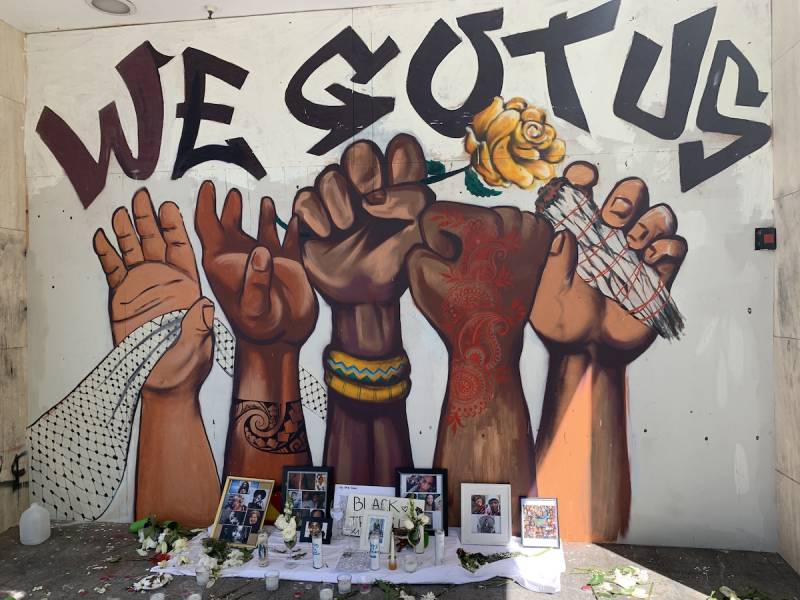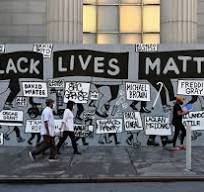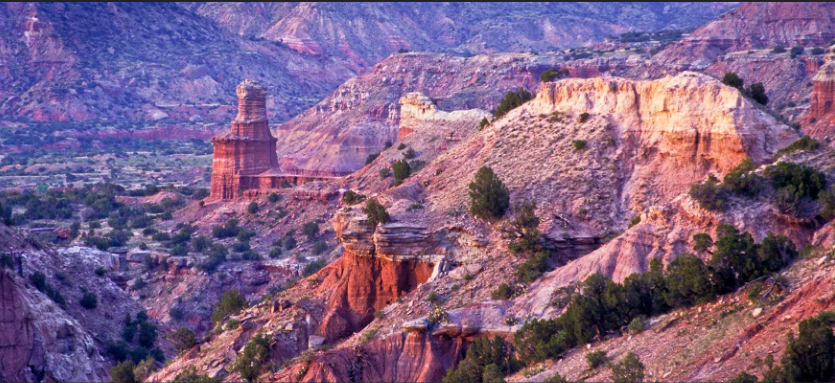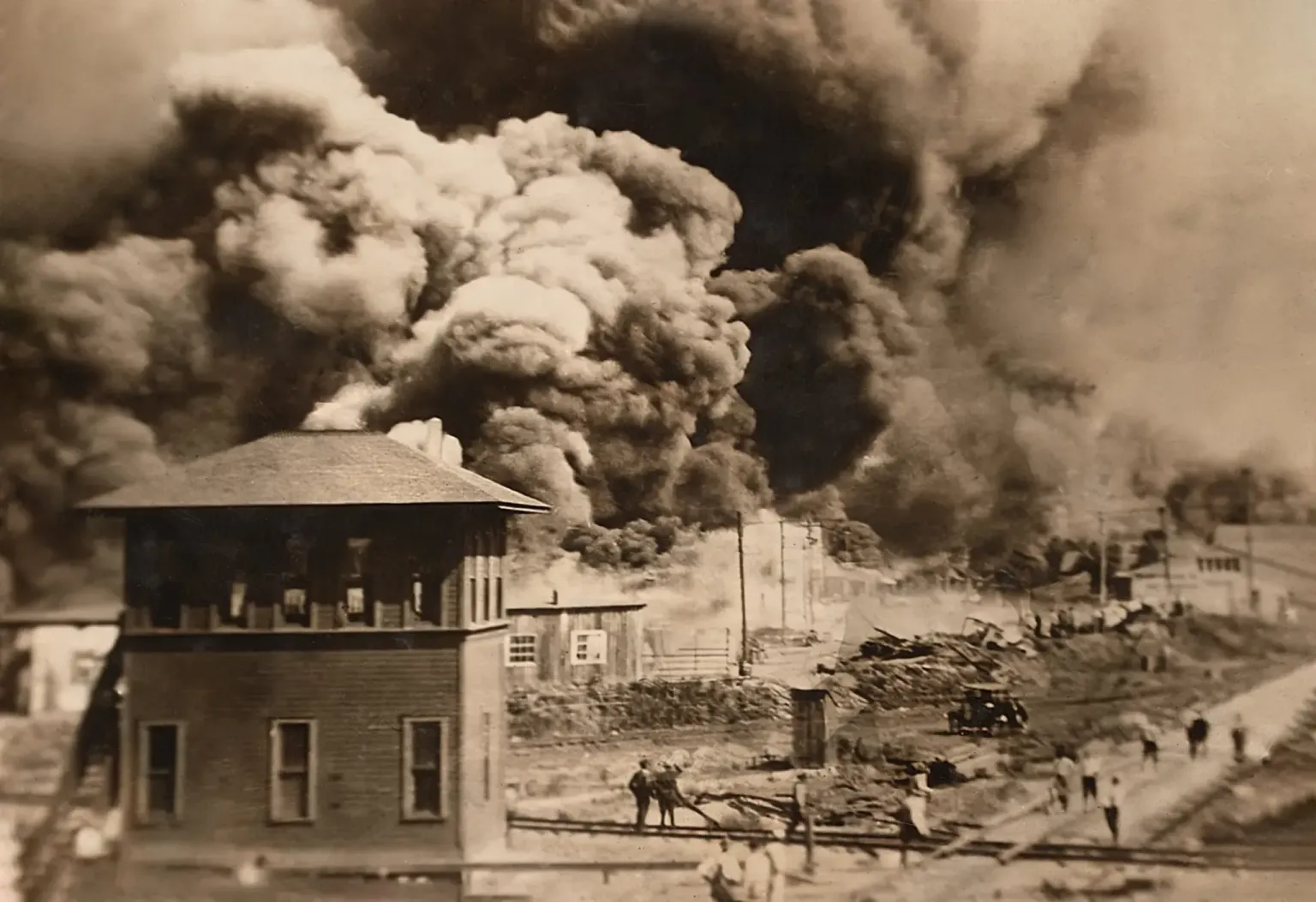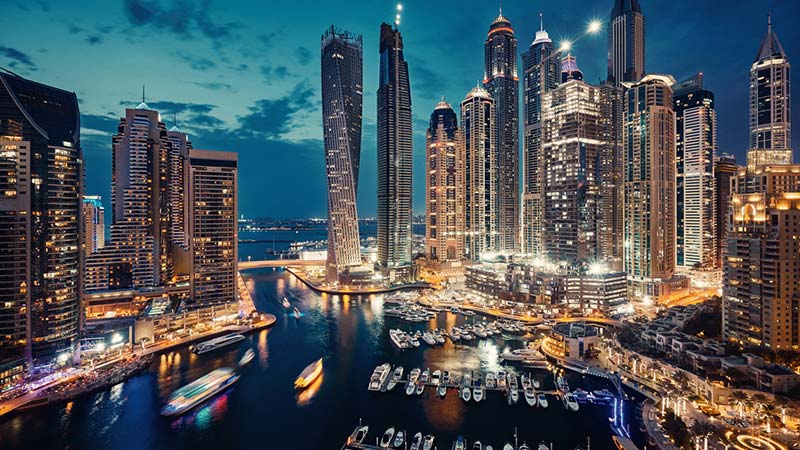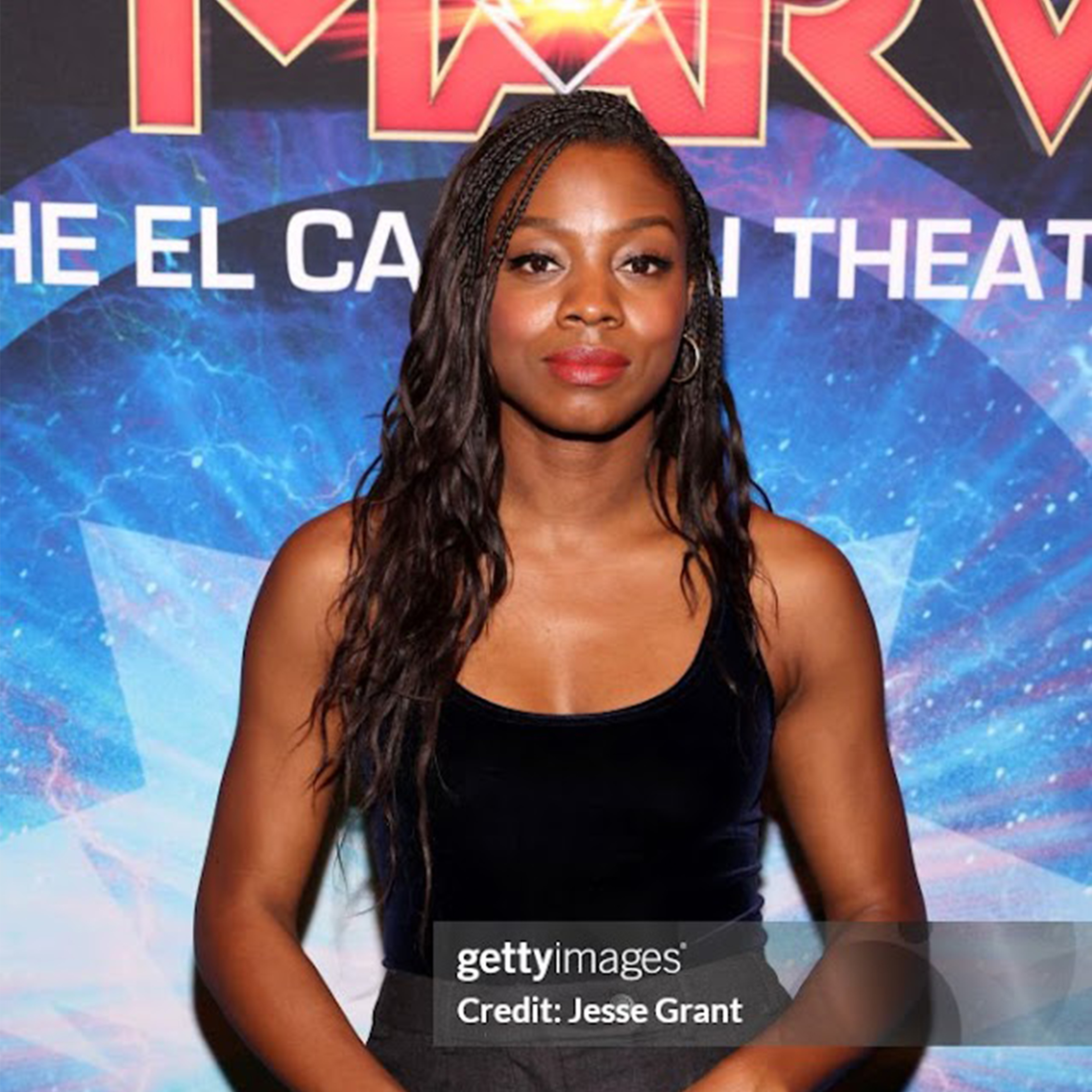Grassroots Activists Fight to Preserve 150 Black Lives Matter Murals Across America
As political winds shift and diversity initiatives face mounting challenges, dedicated community activists are taking unprecedented steps to protect nearly 150 Black Lives Matter murals that continue standing as powerful symbols of social justice across the United States. These vibrant displays of public art represent more than aesthetic expression—they embody ongoing struggles for racial equality and community solidarity.
Historic Street Art Movement Faces Preservation Crisis
According to Urban Art Mapping, a comprehensive public street art database, approximately 150 Black Lives Matter murals remain visible in communities nationwide. Each surviving mural represents countless hours of volunteer effort, community fundraising, and local advocacy work aimed at maintaining these important cultural landmarks.
The preservation movement has gained urgency following high-profile removals, including the iconic Washington D.C. mural that once stretched boldly across 16th Street just blocks from the White House. The 35-foot yellow letters that once declared “BLACK LIVES MATTER” in the nation’s capital were removed in March 2024 by order of Mayor Muriel Bowser, following pressure from Republican congressional leadership.
Art historian Lindsey Owen from Chicago emphasizes the broader significance of these preservation efforts: “Even as BLM Plaza is dismantled, the reciprocal mirroring of these murals ensures their persistence now also reflecting the absence of spaces that have been removed.”
Community-Led Restoration Projects Demonstrate Resilience
Hartford’s Trinity Street mural exemplifies successful community-driven preservation efforts. Located steps from Connecticut’s Capitol building, this collaborative artwork features individual letters painted by different local artists, creating a diverse representation of community voices united around social justice messaging.
When vandals defaced the Hartford mural with hate symbols in 2022, the community’s response demonstrated remarkable resilience. Artist Andre Rochester, who contributed to both the original 2020 creation and the 2023 restoration, explains the mural’s enduring importance: “It was placed with intention. It makes a loud statement that the City of Hartford cares.”
The restoration process involved multiple community stakeholders, including local government support, volunteer artists, and neighborhood organizations working together to repair and enhance the original artwork. Artist Tyrone Motley, who painted the letter “V” during the 2023 restoration, emphasizes the timeless nature of the message: “I feel work like this is ageless. I’m pretty sure in 10 years people can look at a piece like this and still get the message.”
National Preservation Efforts Span Diverse Communities
Chicago’s Oak Park neighborhood demonstrates how communities respond to challenges facing Black Lives Matter street art. When vandals altered the 100-foot “Black Lives Matter” mural to read “All Lives Matter,” local activists quickly organized restoration efforts, returning the artwork to its original powerful statement.
Seattle’s Capitol Hill district has established one of the most comprehensive maintenance programs for Black Lives Matter murals. The permanent installation receives annual upkeep through collaboration between city government and the Vivid Matter Collective, a dedicated group of local artists committed to preserving social justice messaging through public art.
The Seattle model extends beyond single-mural maintenance. A second Black Lives Matter mural outside Seattle City Hall, added in 2021, receives similar community support. The Vivid Matter Collective has announced plans for comprehensive repainting scheduled for June 2025, demonstrating long-term commitment to mural preservation.
Political Climate Intensifies Preservation Challenges
The current political environment has created additional obstacles for Black Lives Matter mural preservation. With new federal administration policies targeting diversity, equity, and inclusion programs, community-based preservation efforts have become increasingly important for maintaining these public displays of social justice advocacy.
Local governments face mounting pressure from various political constituencies regarding public art that addresses racial justice themes. This political tension places greater responsibility on grassroots organizations and individual activists to fund, maintain, and protect existing murals from both deliberate vandalism and neglect-related deterioration.
Cultural Impact Beyond Artistic Expression
These preserved Black Lives Matter murals serve multiple functions within their communities. Beyond their role as artistic statements, they function as gathering spaces for community organizing, educational opportunities for discussions about racial justice, and visible reminders of ongoing struggles for equality.
The murals also document historical moments, particularly the nationwide uprising following the deaths of George Floyd, Breonna Taylor, and Ahmaud Arbery in 2020. Their continued presence ensures that future generations can engage with physical representations of this pivotal period in American civil rights history.
Sustainable Preservation Strategies Emerge
Successful mural preservation requires sophisticated organizational approaches that combine artistic expertise, community engagement, and sustainable funding models. Communities have developed various strategies including:
Annual maintenance schedules coordinated with local artist collectives ensure regular upkeep and damage assessment. Partnerships between community organizations and local government provide stable funding sources and official protection status. Educational programming connects mural preservation with broader social justice education initiatives.
Documentation efforts by organizations like Urban Art Mapping create permanent records of mural locations, artistic details, and preservation status. These databases serve both historical research purposes and practical coordination tools for preservation advocates.
Future Outlook for Black Lives Matter Mural Movement
The persistence of nearly 150 Black Lives Matter murals despite political pressures and vandalism attempts demonstrates the deep community commitment to maintaining visible symbols of racial justice advocacy. As preservation efforts continue evolving, these artworks represent enduring testaments to grassroots organizing and community solidarity.
The ongoing preservation movement ensures that Black Lives Matter murals will continue serving as powerful public statements about racial equality, community values, and the importance of maintaining spaces for social justice expression in American communities.

